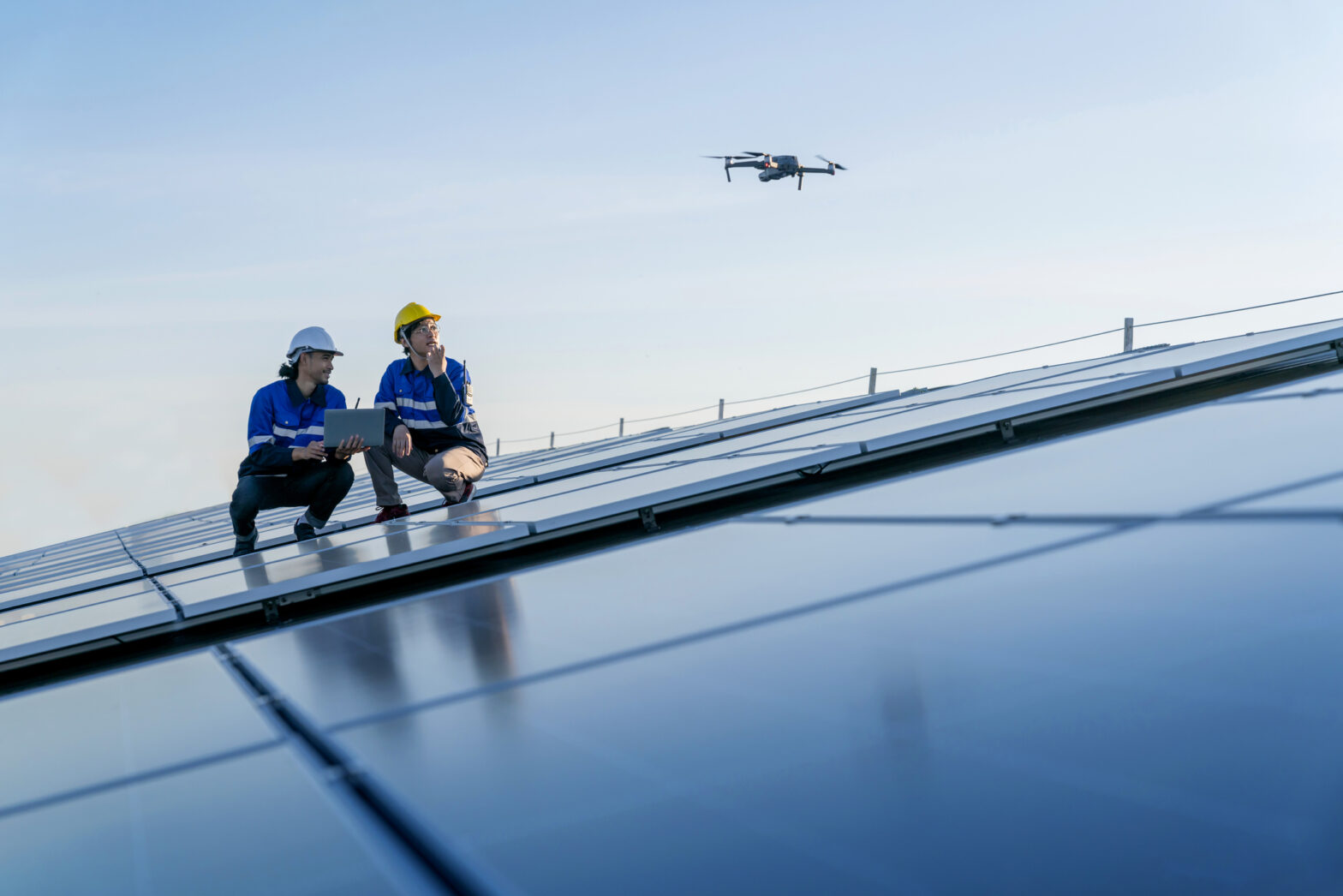Entrepreneurs set up businesses for all sorts of reasons. Everyone wants to be successful, but for many that doesn’t necessarily mean fast growth, a juicy exit, the next startup, a juicier exit, and a yacht in the Bahamas. They genuinely want to improve people’s lives for the better. But even entrepreneurs with humanitarian or non-profit motivations need to think commercially about their business – and in particular about how they identify, develop, and protect their intellectual property – if they are to achieve their noble aims.
An organisation’s IP, whether it is for-profit or non-profit, holds a great deal of value, and so it’s important for humanitarian entrepreneurs to identify what intellectual property they hold and how to protect it. Even non-profit organisations need a sound financial footing from which to support their ongoing growth, and intellectual property protection can provide that – for example by opening up revenue streams through licensing or simply safeguarding innovations from being copied.
Take, for example, the innovatively-designed GravityLight ® – a gravity-powered lamp intended to replace inefficient, dangerous, and expensive-to-run kerosene lamps in developing nations. Deciwatt (the company behind GravityLight®) has used IP as a means for setting up licence agreements that enable it to simultaneously pursue different markets for GravityLight®, selling the product at different price points depending on the market. Sales of the product into Europe and the US are used to subsidise the company’s efforts to put the product into the hands of consumers in off-grid markets in the developing world. By having a great product and a solid commercial strategy that includes a focus on securing IP rights, Deciwatt has earned admiration and support from the likes of Bill Gates and Shell. These endorsements have further enabled the company to accelerate the pace at which it is able to grow and deliver on its humanitarian aims.
Meanwhile, the effective treatment of asthma in developing countries was the motivation for trustees of the Asthma Innovation Research charity to develop a valve that allows a readily-available conventional plastic drinks bottle to be used as a spacer for inhalers. The valve may well have commercial value in developed nations, which could potentially subsidise provision of the product to aid organisations in a similar manner to GravityLight®. The product is in the early stages of its development, and it will be important for the associated IP to be protected in order to leave options open for the future. For example, licensing agreements could potentially allow for mass manufacture of the product so that it can be readily distributed, especially if the inventors do not have access to the necessary tooling.
IP can also safeguard against copying, which could potentially cause damage to an organisation’s reputation, or even in a worst-case scenario result in sub-standard products being provided that tarnish the brand, which can be especially harmful for non-profit companies. Patents and design rights can be used to protect against infringing manufacturers, and organisations therefore need to consider where their product can be manufactured. For example, if the product requires complex manufacturing techniques which are only available in developed countries, IP protection should be strongly considered in these jurisdictions, even if there is no intention to sell the product into these markets.
Taking steps early to protect their brand (through trade mark protection) and product (through patent and registered design protection) will help ensure an organisation’s reputation, value, and long-term success.
Peter Finnie is a managing partner at Gill Jennings & Every.







